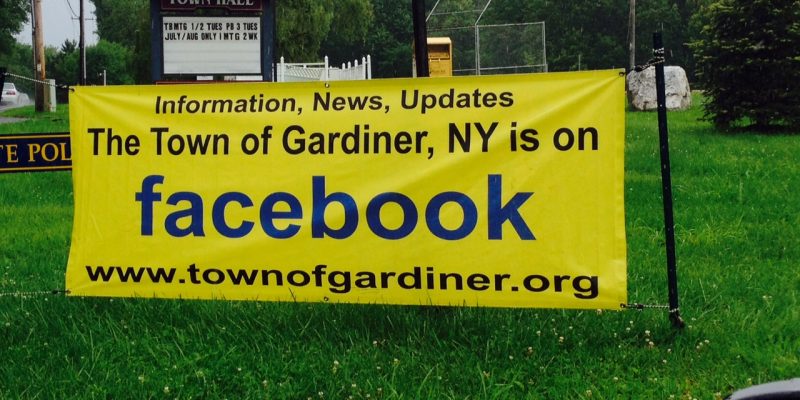
“Can you help me with my email? A friend helped me set it up, but I forget how to use it.” “What do I do with this attachment I received? How can I download it; can I save it and read it?” “How do I send a picture to my grandchildren?” “Is there any way I can save this document so I can work on it at home?” These, and other similar questions frequently asked of the staff at the Gardiner Library, show how crucial technological literacy has become.
Technological literacy, the ability to communicate efficiently and effectively using the internet and other technology, has become critical to participating in American cultural life. Just listen to your friends talk about the newest smart phone, show you their new notebook computer, or compare notes on what they discovered online to realize how prevalent electronic communication and use of the internet has become in people’s lives.
In 2008, the Pew Internet and American Life Project found that 96% of working Americans use new communications technologies as part of their daily life, while 62% of working Americans use the Internet as an integral part of their jobs. However, approximately one-third of Americans do not have access to broadband services, nor do they know how to use the internet. Some cannot afford it; others do not want it. Some reject the very notion of computers.
Gardiner Library staff member Amy Coté describes the challenge as, “people of varying ages having one foot in and one foot out of technology,” and says it is a very interesting challenge for libraries. Six years ago, the Gardiner Library initiated a program to help residents improve their technological literacy. High school students came to the library to answer questions, help patrons with computer issues and teach software programs. The program was very successful for five years, but a shift in what patrons needed saw a drop in participation and the program was dropped. Now, library staff answer simple questions about using computers or software as part of their regular duties.
And, as evidenced by the questions being asked, the scope of technological literacy is constantly expanding. It was once enough to know how to use a word processing program or send an email. Today, library staff members regularly face new questions like, “Can you help me find the tax forms I need and show me how to print them?” “I am applying for this job. How do I make my resume look good and then put it into this company’s application?” “Can you help me learn how to pay these bills online and set up accounts so I can do them myself?” “How do I use Facebook and Twitter to communicate with some family members?”
As Library Manager Nicole Lane said, “Technology has changed how we access, use and discover information. It is important for people to become information literate so they can utilize the tools and resources to the best of their ability.”
Cars were once overwhelming to those who grew up with horses. Now, as then, the change is coming. It’s time for us all to embrace it and the Gardiner Library is a gentle way to start.
